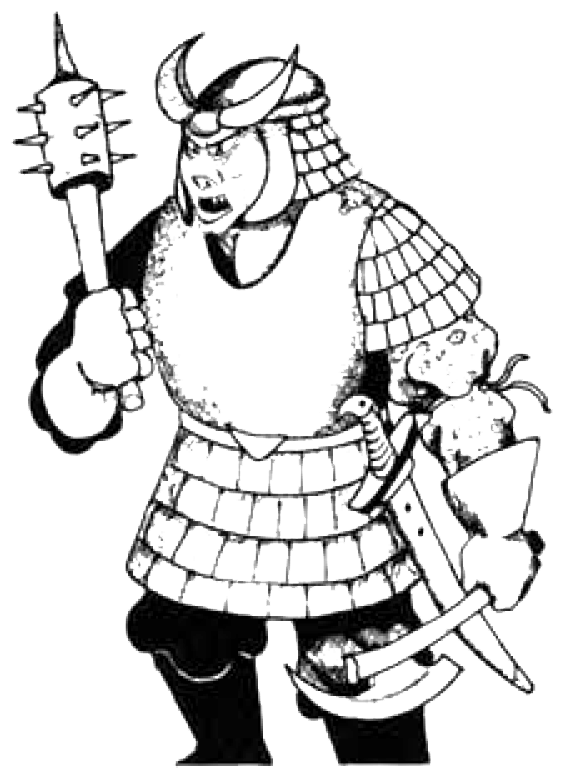If that's the case, then the only practical ways Wizards can address essentialism are (in descending order of safety):
1) Wizards has to remove behavior entirely from listings for intelligent creatures, because it's impossible to safely avoid essentialism
2) Wizards has to include multiple, distinct, equally valid versions of every intelligent creature's behavior
3) Wizards needs to affirmatively declare when an intelligent creature's behavior is a matter of fantasy-biology or a matter of culture (and readers need to accept that either option is fine; which is the tricky part)
4) Wizards needs to clearly and repeatedly explain that the described behavior for every intelligent creature is provided only as a convenient default for game purposes, and should not be taken as required traits for every single member of the species (and readers need to understand and accept this; again, the tricky part)
What do you call the redcap description in the OP, if not a "normative default" for the species? I don't see wiggle room in there, as written.
So you can either accept that the redcap described is an example, from which you can deviate... or it's essentialist.
If it's impossible to distinguish between essentialist and non-essentialist descriptions of monsters, then you either have to adopt some version of the approaches I suggested above, or you simply ignore the problem until someone specifically calls you on it, which isn't a great strategy for several reasons.





